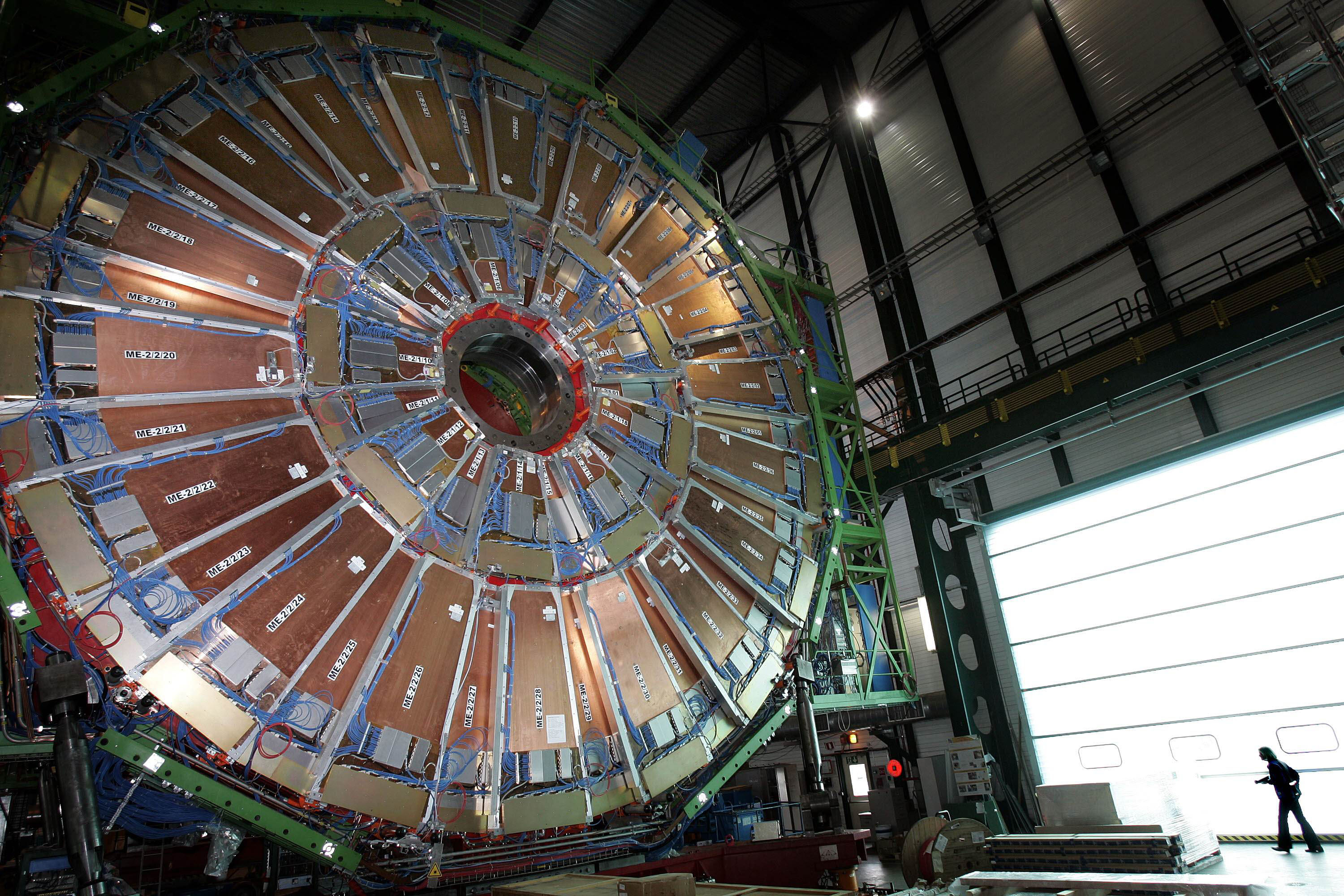"Our imagination is stretched to the utmost," wrote Richard Feynman, the greatest physicist of his day, "not, as in fiction, to imagine things which are not really there, but just to comprehend those things that are there." Which is another way of saying that physics is weird. And particle physics — or quantum mechanics, to give it its posh title — is weird to the power of n, where n is a very large integer.
Consider some of the things that particle physicists believe. They accept without batting an eyelid, for example, that one particular subatomic particle, the neutrino, can pass right through the Earth without stopping. They believe that a subatomic particle can be in two different states at the same time. And that two particles can be "entangled" in such a way that they can coordinate their properties regardless of the distance in space and time that separates them (an idea that even Einstein found "spooky"). And that whenever we look at subatomic particles they are altered by the act of inspection so that, in a sense, we can never see them as they are.
For a long time, the world looked upon quantum physicists with a kind of bemused affection. Sure, they might be wacky, but boy, were they smart! And Western governments stumped up large quantities of dosh to enable them to build the experimental kit they needed for their investigations. A huge underground doughnut was excavated in the suburbs of Geneva, for example, and filled with unconscionable amounts of heavy machinery in the hope that it would enable the quark-hunters to find the Higgs boson, or at any rate its shadowy tracks.



